SYNTHESIS, AUGUST 2012
That's the second motion graphics piece I've produced in Cinema 4D. I spent 2 weeks figuring what and how to make things work and the next two weeks solely rendering it all out. I began by experimenting with step effector and simple modeling in Cinema 4D and finished by using the displacement map effect driven by a noise generator, polygon displacement, and CGS Light kit.
Winner of Motion Design Concept in "UA Design Awards: The Very Best of 2013".
Selected Work & Projects
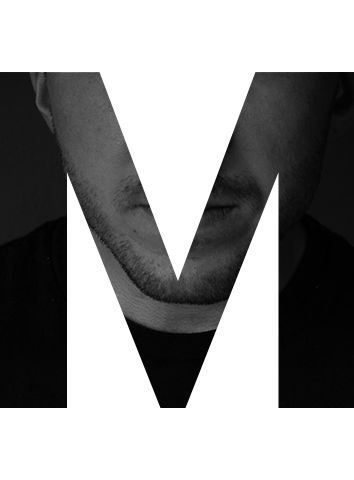
About MeInformation page
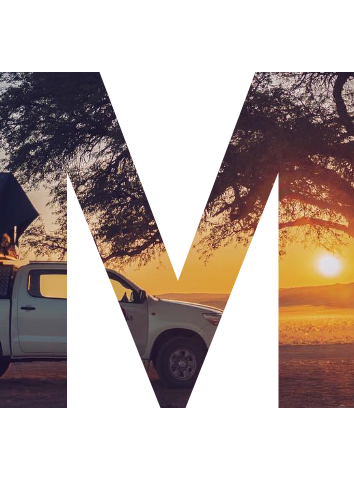
My Bucket ListFilmmaking
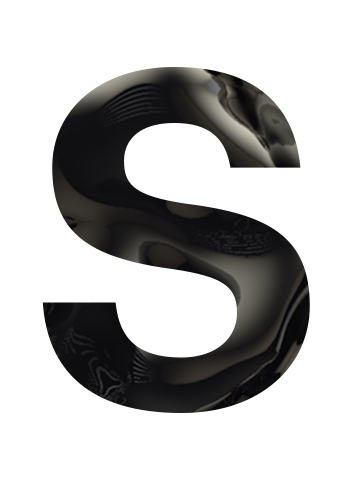
SynthesisMotion Graphics
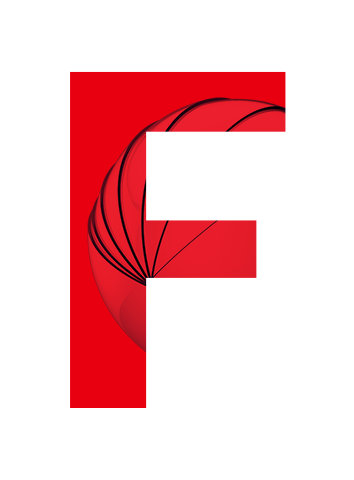
Featured Art PrintsProduct Design
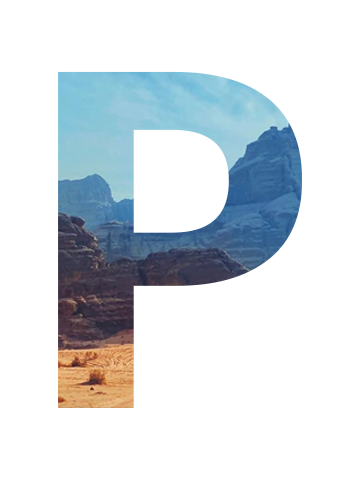
iPhone PhotographyPhotography
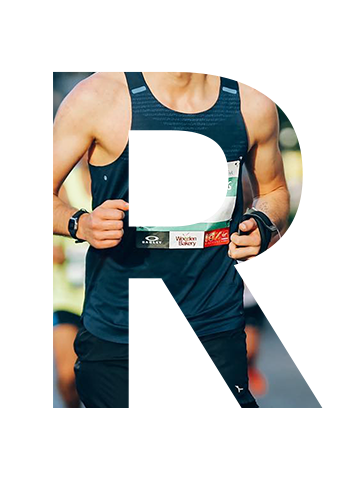
3 Marathons. 3 Cities. 3 Years.Personal Challenge
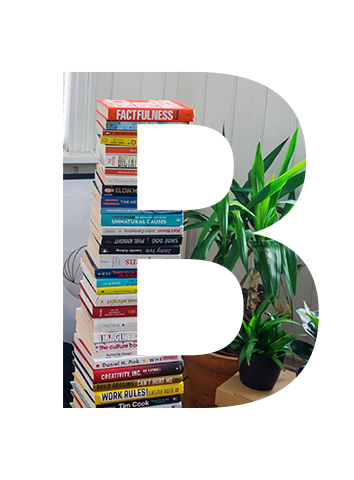
One Book. One Week. One Year.Personal Challenge
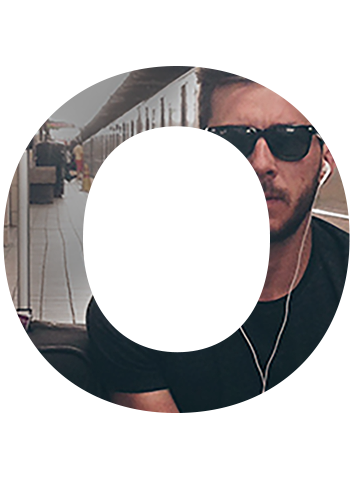
One Second. One Day. One Year.Filmmaking